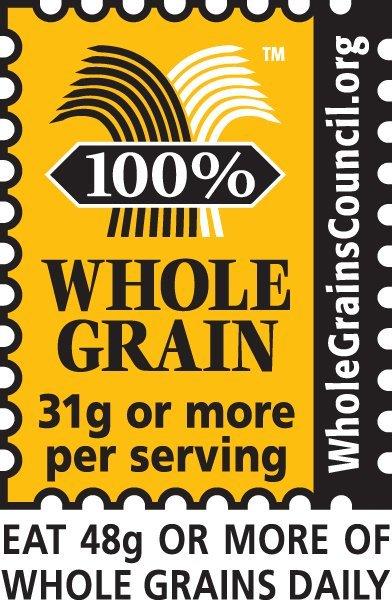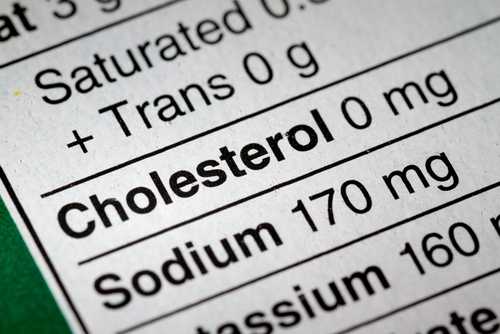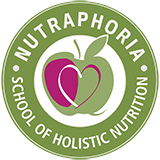5 Things You Need to Know About Nutritional Labels!
Shopping for healthy foods with high nutritional value can be a daunting task. It can be a real challenge to know if you are getting a product that is good for you or if you are being tricked by marketing tactics on the labels.
Here are the 5 things you need to know that will help you with your next trip to the grocery store.
Organic Labels
What do they really mean?! As you peruse the aisles you will notice that there are many variations of organic labeling on packaging. It can be confusing! Here is a quick list to help you decipher the messaging:
- 100% Organic- This means every food on the label is certified organic! This is what you should be purchasing, whenever possible.
- Organic- This label can only be used on products that contain 95% organic content or higher.
- Made with organic ingredients- This means that at least 70% of the ingredients listed are organic.
The Skinny on Fats!
Does fat free really mean that there is no fat in what I am eating? The answer is no.
Products labeled:
- Fat-free or trans-fat free means that there is fewer than 0.5 g of fat per serving
Keep this in mind when checking labels as we should not be consuming any trans fats, if possible.
Calorie Confusion?
Depending on your overall health goals you may be watching the calorie messaging on foods. Here are a few definitions of some calorie labeling we see often in the grocery stores. Overall, we should be searching for foods that have a high nutrient to calorie ratio.
- Reduced Calories- This label means that there is at least 25% fewer calories than the reference food
- Calorie Free- This means that there is fewer than 5 calories per serving
Whole Grains
This category of foods can be another misleading area. There are many variations of messaging around whole grains. You should always be looking for the, “100% Whole Grain” label as this is the one that provides the highest nutritional value.
See below for a list of others labeling messages:
- Made with Whole Grains- This label is used quite often as there only needs to be a small amount of whole grains present in the products. Many times the items is still made with refined white flour, and only a small amount of whole wheat flour.
- Multi-Grain- All this label tells us is that there is more than one type of grain, and they may even be refined grains.
Sodium Labels
We know that high salt diets can be one factor that contributes to many degenerative diseases.
- When shopping for foods, keep in mind the below label definitions:
- Low Sodium- This means that there is 140 mg or less of sodium per serving
- Very Low Sodium- this has even less salt, with 35 mg or fewer per serving
- Sodium- Free- this has even less salt per serving, but really isn’t salt free. There are 0.5 g or less of sodium per serving.
As each new popular food trend emerges we see the impact on the food labels at our local grocery store. It is important to keep up to date and educate yourself on the meaning of these labels so that you can make informed healthy decisions for you and your family.



